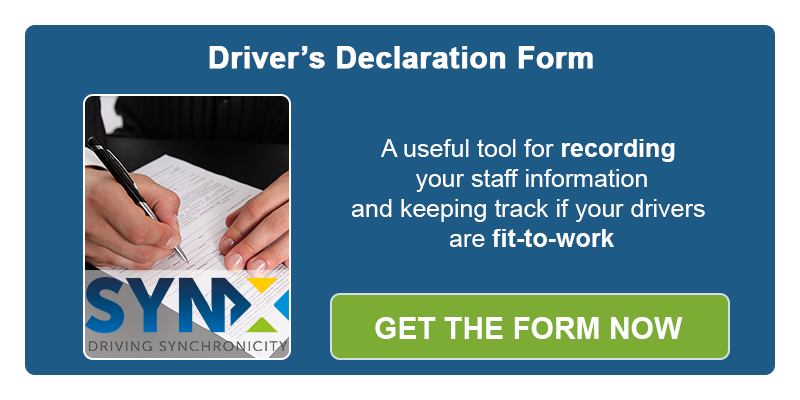Managing a fleet efficiently is certainly a priority for every business that is dependent on driving. We have often discussed just how challenging this can be at the best of times, but when it comes to operating a so-called grey fleet, things can become increasingly complex as you are managing vehicles that do not belong to the company, yet there is still a duty of care as an employer. The Health and Safety at Work Act of 1974 requires employers to ensure the health and safety of all employees while at work and this is valid for those driving with company vehicles as well as those operating grey fleets.
Grey fleet is in fact a term used to describe any vehicles that do not belong to the company, but are still used for business travel. It could be vehicles purchased via an employee ownership scheme, as well as privately rented ones or it could also be vehicles privately owned by an employee. When such vehicles are driven on company business (often in return for a cash allowance of fuel expense), these vehicles are considered part of the grey fleet and the employer is responsible for them.
As previously mentioned, grey fleet vehicles do not belong to the company, and this is why fleet managers face an even more complicated set of issues when it comes to
managing the safety of these vehicles.

These are some of the most common issues fleet managers have to face when dealing with a grey fleet:
• Employees using their own car may be outside of the established insurance and servicing policies, meaning their vehicles are not actually covered for company travel.
• Keeping track of the status of grey fleet vehicles to ensure they meet legal road requirements, including driving license validity, insurance details including business use, MOT certification, Road Tax validity
• Checking the suitability of the vehicle for work purposes. This could include the age and condition, or whether the vehicle is equipped with ABS, ESP, air conditioning, and whether or not it is suitable for the journey requirements of the company.
According to recent research carried out on grey fleet management by Lex Autolease and published by Fleet News on 8th September, a significant number of fleet managers are failing to fulfil their duty of care obligations with grey fleet drivers. One in four (27%) never check that an employee’s vehicle has a valid MOT; around one in five (18%) fail to physically inspect driving licences (although this process has changed with the new online system replacing the paper counterpart) and 13% do not check that drivers have the correct insurance to drive for business purposes.
The findings suggest that many businesses remain oblivious to the cost challenges, environmental impact and legal risks associated with employees using their own vehicles in the course of their work, which is particularly worrying. Companies must keep track of records for drivers and vehicles, and any imprecision could be risky and expensive.




